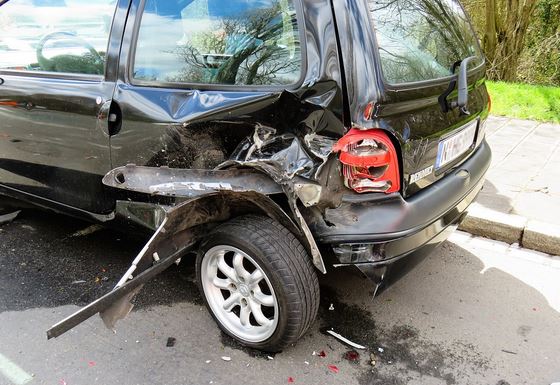Car accidents are an unfortunate reality of driving. In the aftermath of a car accident, one of the most pressing questions is who will pay for the damages and injuries incurred. This is where the concept of “fault” comes into play.
There are two basic legal systems for handling car accidents in the United States: no-fault states and fault states. The main difference between these systems is how responsibility for damages is determined. In this article, we will explore the key differences between no-fault states and fault states and what they mean for drivers involved in car accidents.
What is a No-Fault State?
In a no-fault state, drivers must have personal injury protection (PIP) insurance. This type of insurance covers lost wages and medical expenses for the policyholder and anyone else in the car, regardless of whose fault it was for the accident. PIP insurance is designed to provide fast and efficient compensation to drivers after an accident, without the need for lengthy legal battles to determine fault. If you live in Colorado, check this blog post on is Colorado a no-fault state for car accidents.
What is a Fault State?
In a fault state, the driver who is determined to be at fault for the accident is responsible for paying for damages and injuries. This determination is typically made by insurance adjusters or through court proceedings. In some cases, multiple drivers may be found to share fault for an accident.
In the majority of states, drivers are required to carry liability insurance, which covers damages and injuries that the policyholder causes to others in an accident. Liability insurance typically includes separate coverage for bodily injury and property damage.
No-Fault States vs. Fault States
The primary difference between the two is how responsibility for damages is determined. In a no-fault state, drivers are compensated through their own PIP insurance, regardless of who was responsible for the accident. In a fault state, drivers must rely on the liability insurance of the at-fault driver to cover damages and injuries.
Another key difference between these two systems is the ability to sue for damages. In no-fault states, drivers are generally limited in their ability to sue for damages beyond what their PIP insurance covers. This is intended to reduce the number of lawsuits and legal battles that arise from car accidents. In fault states, however, drivers are free to pursue legal action against the at-fault driver to seek additional compensation for damages.
Which System is Better for Drivers?
There is no clear answer to this question, as each system has its own advantages and disadvantages. No-fault systems can provide faster and more efficient compensation for drivers after an accident, but they may limit drivers’ ability to seek additional compensation through legal action. Fault systems allow drivers to sue for damages, but they can also lead to lengthy legal battles that may be costly and time-consuming.
By understanding the differences between these systems and how they affect car accident claims, drivers can make informed decisions about their insurance options and legal rights.
